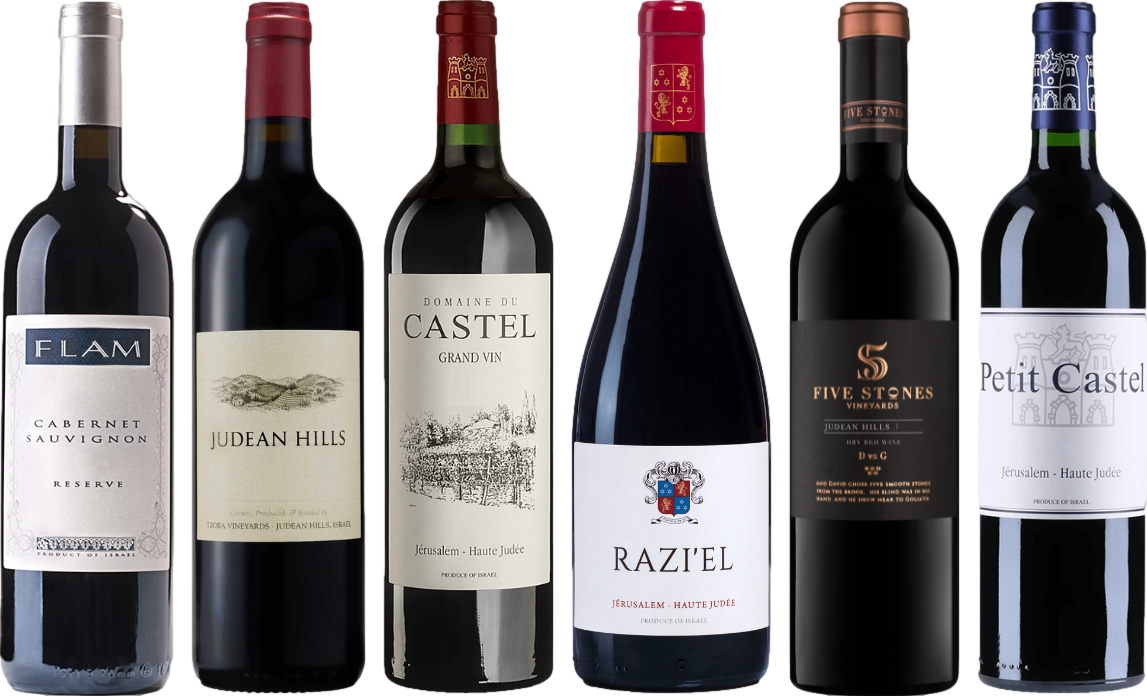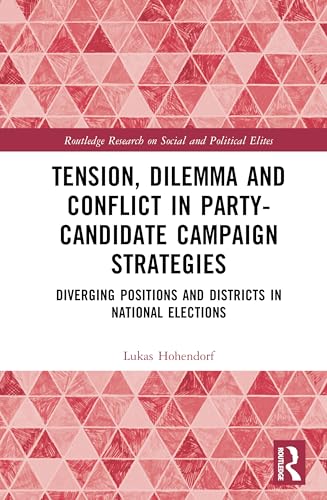



Storing chilled beverages can be a bit tricky. If aiming for a refreshing experience, placing a bottle of white grape elixir in a cold compartment is not advisable for extended periods. The risk of freezing and subsequent expansion can lead to a messy situation.
For those who prefer a brisk temperature, a brief stay in the chilly environment is feasible. A duration of 30 minutes is optimal, allowing the drink to reach a delightful coolness without risking its integrity. Monitoring the time is key to ensuring that the flavors remain intact.
In instances where rapid cooling is necessary, employing a bucket filled with ice and water is a superior alternative. This method not only cools the liquid efficiently but also preserves its quality. Always aim for a temperature between 45°F and 50°F for the best tasting experience.
Storing Chardonnay in Ice
Freezing a bottle of chilled Chardonnay is not advisable. The liquid can expand as it freezes, potentially causing the bottle to crack or, worse, explode. Additionally, the delicate flavors and aromas can be compromised, diminishing the overall experience.
For optimal enjoyment, consider these alternatives:
- Place the bottle in an ice bucket with a mix of ice and water for rapid cooling.
- Chill in the refrigerator for several hours before serving, ensuring the ideal temperature.
- Use wine chillers or specialized cooling sleeves for a quicker solution.
Maintaining the integrity of the beverage is paramount. If you accidentally freeze a bottle, allow it to thaw slowly in the fridge to preserve some characteristics. However, expect a potential loss of quality.
Experiment with serving temperatures; a range of 45-50°F often enhances the experience for varietals like Sauvignon Blanc or Riesling.
Understanding the Effects of Freezing on White Wine
Freezing can alter the characteristics of a chilled beverage significantly. When subjected to sub-zero temperatures, the liquid expands, potentially leading to bottle breakage. This expansion can compromise the integrity of the closure, allowing air to enter and spoil the contents.
Additionally, the flavor profile may shift. Aromas and taste can become muted as the delicate compounds in the beverage are affected by the low temperatures. The balance of acidity and sweetness might also be disrupted, resulting in a less enjoyable experience upon thawing.
Impact on Texture and Mouthfeel
The mouthfeel transforms as well. Chilling too much can result in a texture that feels less crisp and refreshing, making it harder to appreciate the nuances of the beverage. The ideal serving temperature for many varietals is typically between 45°F and 55°F. This range ensures optimum flavor expression and aromatic release.
Best Practices for Chilling
<p.To achieve the desired coolness without compromising quality, consider using an ice bucket with a mix of ice and water. This method typically takes around 20 minutes to reach the perfect drinking temperature. Keeping a close eye on the chilling process is key to preserving the integrity of the beverage while still enjoying its refreshing qualities.
How Long Can This Beverage Be Safely Frozen?
Typically, storing this drink in low temperatures is safe for up to three to six months. The liquid will remain drinkable, but the quality may diminish over time. Flavors and aromas can become muted, leading to a less enjoyable experience.
To ensure the best results, consider transferring the liquid into a container that allows for expansion. Bottles can crack when frozen due to pressure buildup. Use a freezer-safe, airtight bottle or a plastic container that can accommodate the expansion of the liquid.
When ready to enjoy, allow the chilled beverage to thaw gradually in the refrigerator. Rapid temperature changes can further affect its taste and texture. Avoid reheating in a microwave or hot water, as this can alter its characteristics.
For optimal flavor, consume within a few weeks after defrosting. While it may be safe to drink after thawing, the freshness and nuances may not be the same as when originally bottled.
Identifying the Best Types of White Wine for Freezing
For optimal results, select high-acidity options such as Sauvignon Blanc or Riesling. These varieties maintain their structure and flavor profile after thawing. Avoid oaked selections like Chardonnay, as the freezing process can alter their complex characteristics.
Consider Pinot Grigio for its crispness and refreshing qualities, making it a suitable candidate for chilling. Gewürztraminer offers aromatic notes that can enhance dishes when used in cooking after freezing.
For culinary applications, look into using frozen selections in sauces or marinades. If seeking pairings, try using frozen options with roasted meats, like how to cook lamb rump steaks in the oven, for delightful combinations.
Tips for Properly Freezing White Wine
Always use a clean, airtight container. Glass bottles can break due to expansion, so opt for freezer-safe plastic containers or silicone ice cube trays. Leaving some space at the top allows for expansion as the liquid freezes.
Temperature Settings
Maintain a consistent freezing temperature of 0°F (-18°C) for optimal results. Avoid frequent opening of the freezer, as temperature fluctuations can affect the quality of the stored liquid.
Labeling and Duration
Clearly label each container with the type and date of freezing. Aim to consume within six months for the best flavor and quality. Beyond this timeframe, the taste might deteriorate significantly.
| Container Type | Recommended Usage |
|---|---|
| Plastic Bottles | Safe for freezing, ensure to leave headspace. |
| Silicone Ice Trays | Great for portioning and easy to remove cubes. |
| Freezer Bags | Ideal for space-saving storage, remove excess air. |
Consider using frozen chunks in cooking or as an ingredient in cocktails. This way, you’ll reduce waste while enjoying the flavors in a different form. Always thaw slowly in the refrigerator to preserve quality.
Thawing Frozen White Wine: Best Practices
For optimal results, remove the chilled bottle from the cold storage and transfer it to the refrigerator. Allow it to thaw gradually over a period of several hours or overnight. This method preserves the delicate flavors and aromas that can be lost during rapid temperature changes.
Avoid Heat Sources
Do not use a microwave or hot water to speed up the thawing process. These methods can alter the wine’s structure and lead to undesirable taste changes. Patience is key for maintaining quality.
Check for Separation
Once thawed, inspect the liquid. If separation or cloudiness appears, it may indicate that the wine has been significantly affected by freezing. In such cases, consider using it for cooking rather than serving.
Alternatives to Freezing White Wine for Chilling
Instead of chilling your favorite varietals in sub-zero temperatures, consider these effective methods for achieving the perfect serving temperature.
First, an ice bath provides rapid cooling. Fill a bucket with equal parts ice and water, then submerge the bottle. This method usually chills a bottle in about 15-20 minutes.
Second, a refrigerator can be a reliable option. Place your bottle inside a standard fridge for approximately two hours before serving. For a quicker option, a wine cooler can reduce wait time to around 30-45 minutes.
Third, using a specialized wine chiller or aerator can be beneficial. These devices often cool the liquid as it pours, ensuring that each glass is at an optimal temperature.
For those who enjoy cocktails, creating a chilled spritzer is an excellent alternative. Combine the fermented beverage with soda or tonic over ice, achieving a refreshing drink without compromising quality.
Lastly, consider pre-chilling glassware. Place your glasses in the freezer for a short period before serving. This adds an extra chill without risking the integrity of the beverage itself.
Explore these alternatives to enhance your drinking experience without sacrificing flavor or quality.






